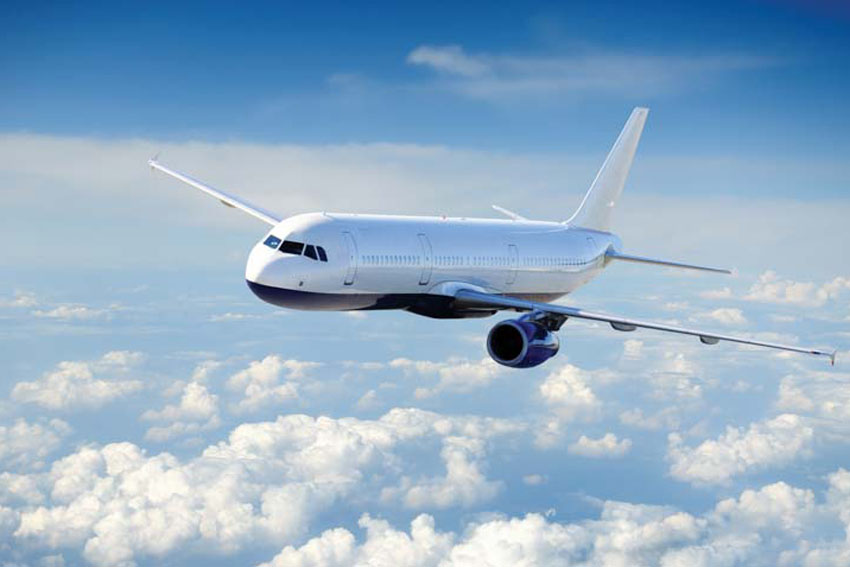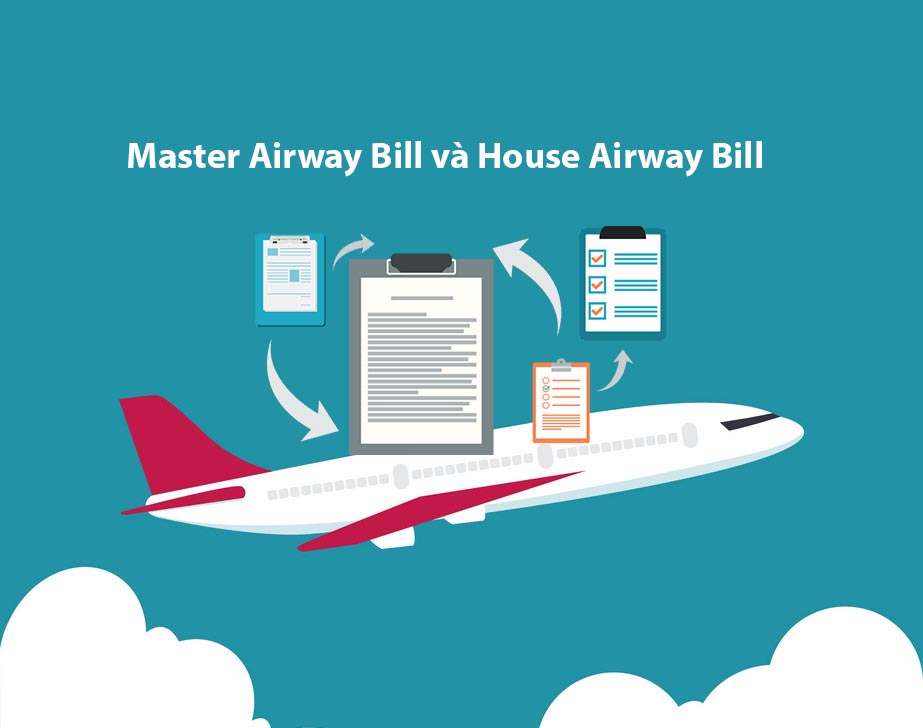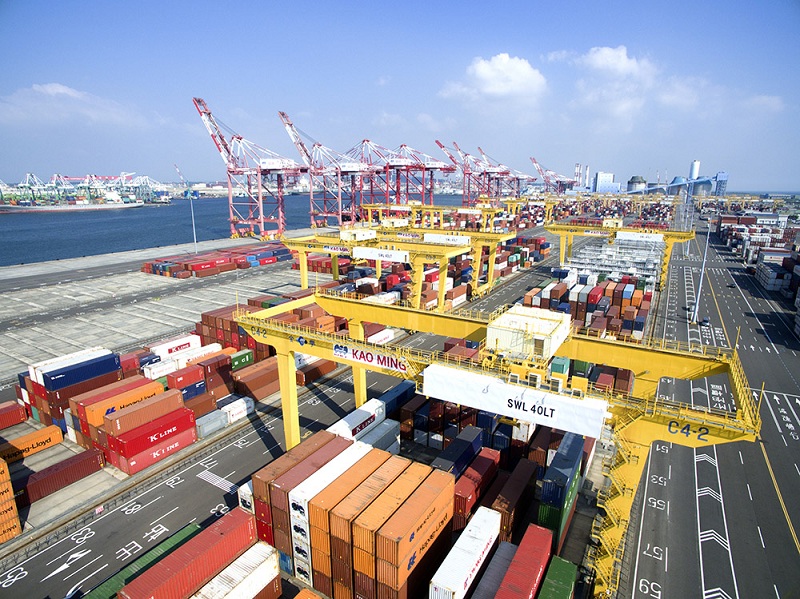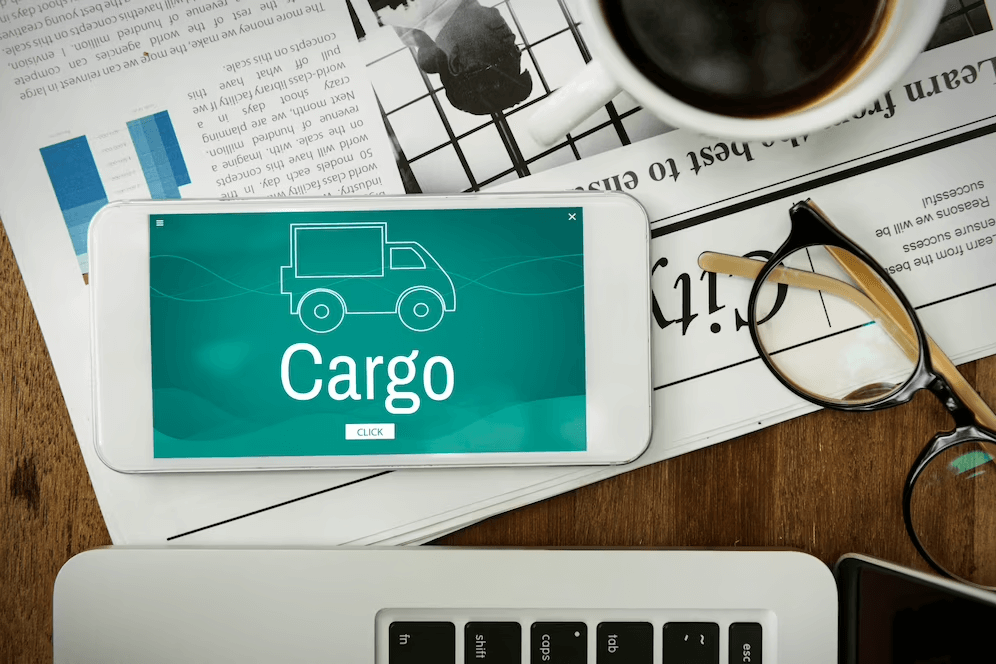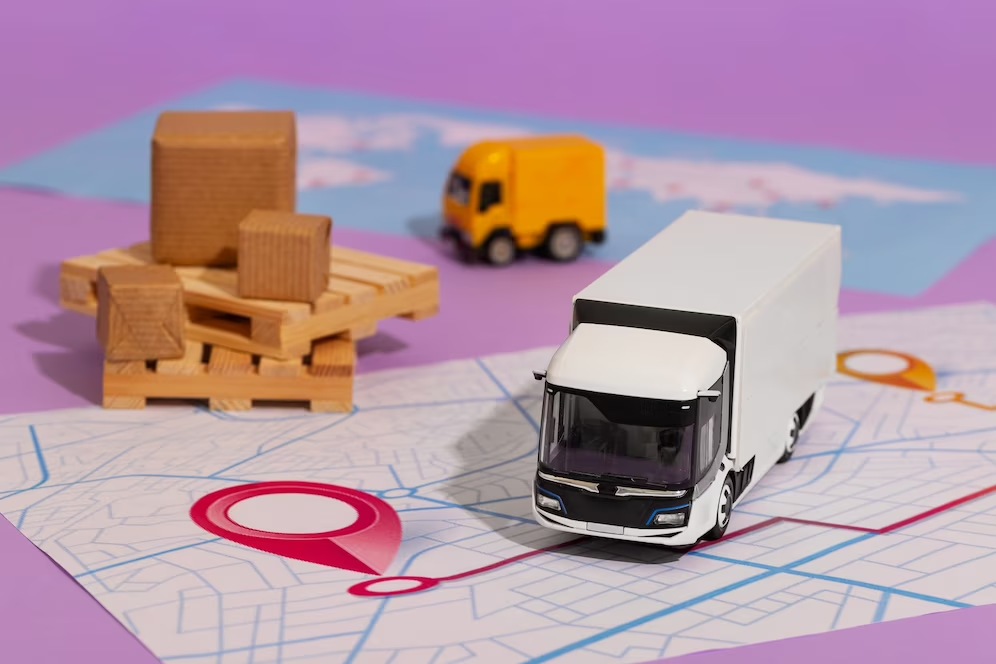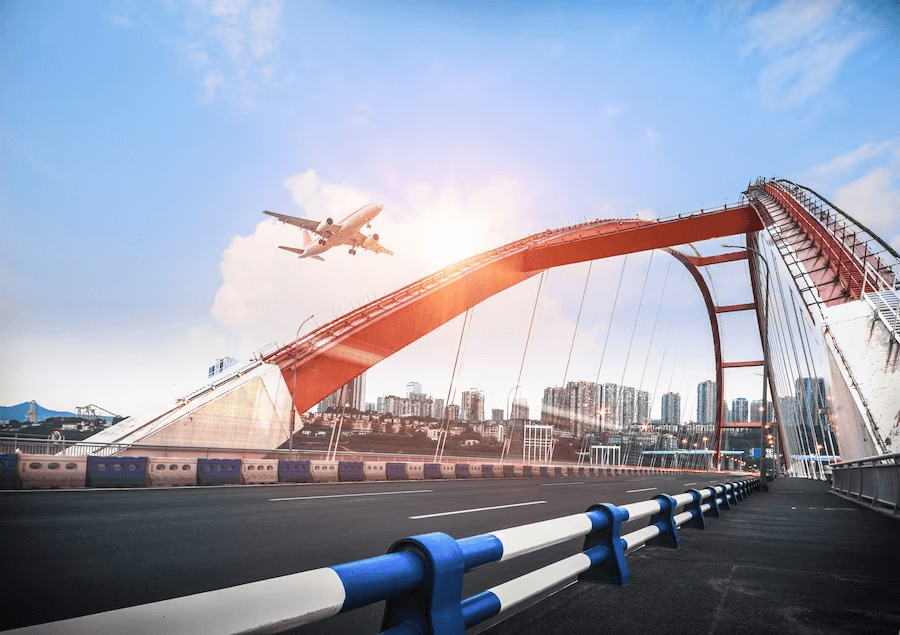Once you start shipping large volumes of goods, it's time to consider ocean freight. Here's your guide to all things ocean, from choosing the mode that's right for you to calculating transit costs and times.
Our sea freight service
Whitelotuslogistics.com.vn provides a comprehensive range of ocean freight services, including instant quotes, freight forwarding comparisons, online booking, customs clearance, and cargo insurance.
As a global freight marketplace, we enable importers and exporters to choose from a variety of shipping options based on their specific needs. Whitelotuslogistics.com.vn's user-friendly interface and advanced technology also help large and small businesses easily manage their shipments in an efficient and cost-effective manner.
LCL shipping
Whitelotuslogistics.com.vn offers a range of LCL (less than container load) shipping services for businesses looking to transport smaller quantities of goods.
We provide instant quotes for LCL shipments, allowing businesses to compare prices from multiple forwarders and choose the best option based on their needs. Additionally, Whitelotuslogistics.com.vn enables in-platform customs booking and easy communication with freight forwarders to help ensure that importers and exporters comply with all regulations and requirements. required for LCL shipments.
FCL shipping
For importers and exporters needing to transport larger quantities of goods, Whitelotuslogistics.com.vn offers a variety of FCL (full container) shipping services including instant quotes for a variety of container types and sizes. Whitelotuslogistics.com.vn can assist businesses with FCL shipping needs by providing instant quotes, a variety of container types and sizes, and assisting with customs clearance and document.
Sea freight forwarding
Whitelotuslogistics.com.vn cooperates with many of the leading and best sea freight forwarding companies in the world.
The platform partners with leading freight forwarders to provide businesses with a variety of shipping options, for both door-to-door and port-to-port shipping. Whitelotuslogistics.com.vn's advanced technology and online platform help businesses easily compare rates and reserve shipments with Whitelotuslogistics.com.vn's network of vetted forwarders. Our team of experts work closely with our forwarding partners to ensure that importers and exporters receive the highest quality of service throughout the shipping process.
What is sea transport?
Sea freight is the transportation of goods by sea through shipping containers.
Sea freight is the most common mode of transportation used by importers and exporters. Actually, 90% goods are transported by air and sea. Other methods of international freight shipping (courier, air freight, express) are faster, but they are also more expensive. Smaller shipments and high-value products often follow these other methods.

How does sea transport work?
When you choose to ship your goods by ocean freight, your products will be packaged and may be palletized at the factory or by a third party. Your forwarder books space on a container ship and your goods are delivered to the port to undergo customs inspection at the point of origin. The goods are then packed into full containers or general containers depending on whether you are shipping FCL or LC. Then the goods are loaded onto the ship for transportation.
Once the ship arrives at the destination port, the goods will pass through customs and upon payment of all taxes and fees, the goods will be released. At this time, your goods will be transferred to the warehouse for delivery to the final customer.
What does sea transport mean?
Sea freight means the transportation of goods via designated sea routes by container ships. This link in the supply chain is important for cross-border trade, facilitating the movement of large amounts of goods between countries.
There are several shipping options available depending on the type of goods you are shipping. Full container shipping (FCL) is when goods are containerized and shipped in standard sized 20 or 40 ft containers. For smaller quantities, LCL – or less than container load – means shippers share container space because their volume is not enough to independently fill a full container.
Sea freight is not the only way to transport goods: for small, light or high-value products, many importers choose to ship by air. Air cargo is more expensive, but faster and safer. It is important to know that regulations for air cargo are more stringent than for ocean freight.
Why ship by sea?
- Capacity and Value – One keg can hold 10,000 bottles of beer! And shipping goods by sea is cheaper. As a rule of thumb, any shipment weighing more than 500 kg is too expensive for air freight. For light shipments, use this billable weight calculator to find out whether your shipment will be charged by actual weight or dimensional weight. For live international shipping rates, see our FBX index.
- Fewer restrictions – International laws, national laws, shipping organization regulations, and individual carrier regulations all play a role in determining and restricting what goods are considered dangerous to transport. transfer. In general, more products are restricted as air cargo than as sea cargo, including gases (e.g. light bulbs), all flammable things (e.g. perfume, Samsung Galaxy Note 7), toxic or corrosive items (e.g. batteries), magnetic substances (e.g. speakers), oxidizers and biochemical products (e.g. chemical drugs) and risks public health (e.g. untanned leather). For more information, see the Hazardous Materials Table.
- Emissions – CO2 emissions from sea transport are very small compared to air transport. For example, according to this study, 2 tons transported 5,000 km by sea will generate 150 kg of CO2 emissions, compared to 6,605 kg of CO2 emissions by air.
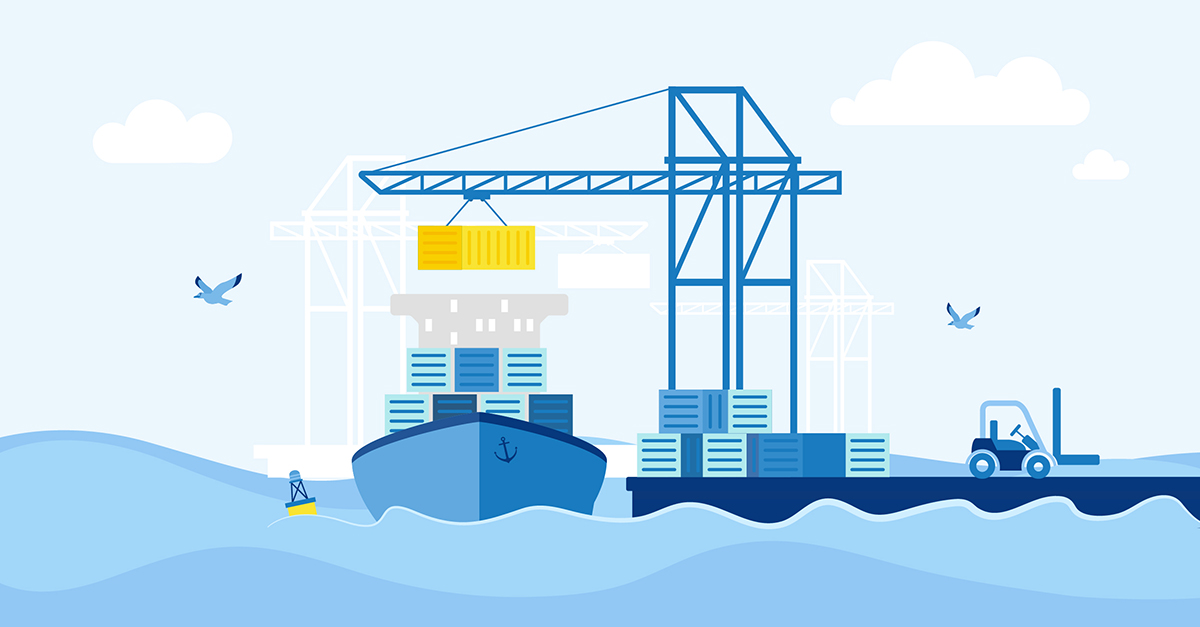
What are the disadvantages of Sea Freight?
- Speed – Planes are about 30 times faster than ships; Passenger jets cruise at 575 mph, while slow ocean liners travel at 16-18 mph. Therefore, it is not surprising that an air shipment from China to the US usually takes at least 20 days compared to sea freight.
- Reliability – Port congestion, customs delays and poor weather conditions often add more days to ocean freight than air freight. To date, tracking technology in air transport is often more advanced than in sea transport. That means ocean freight is more likely to get lost than air freight. This is especially true when the ocean shipment is smaller than the container load. That said, ocean freight is becoming more reliable thanks to digitalization.
- Protection – Sea freight is more likely to be damaged or destroyed than air cargo. That's because it took a lot longer to transport and because the ships were easier to navigate. But don't worry too much about ocean goods falling off the ship. Urban legend says that 10,000 are lost each year, but it's more true that 546 of the 120 million containers moved each year end up in drinks. It's even less likely to be copyright infringement. Hotspots in recent years include the Horn of Africa, the Gulf of Guinea and the Strait of Malacca.
Sea transport services
Sea and ocean freight services are divided into two other options: full container load (FCL) and less than container load (LCL) . With LCL, several shipments are packed into one container. This means more work for the forwarder, with additional paperwork involved, as well as the actual work of consolidating different shipments into one container before transit. main and unmerge shipments at the other end. This gives LCL three disadvantages:
- LCL takes longer to deliver than FCL shipments. It is generally recommended to allow an extra week or two for LCL.
- The risk of damage, misplacement and loss is increased for LCL.
- LCL costs more per cubic meter.
Because shipping costs are lower for FCL, we recommend using full containers when your shipment is large enough, even if your goods do not fill the entire container. The tipping point for upgrading from LCL to FCL (minimum container size is 20 footer) is about 15 cubic meters.
Sea freight rates per kg
Except for particularly heavy cargo, most LCL is priced by cargo volume, not by weight.
For most products, use these rules of thumb to choose the most cost-effective mode:
- Shipments weighing more than 500 kg become uneconomical to transport by air.
- Ocean shipping is around $2-$4/kg and a shipment from China to the US will take about 30-40 days or more.
- At a price of about 5-8 USD/kg, a China-US shipment of 150 kg to 500 kg can be transported by air economically and will take about 8-10 days.
- Air shipping is a few days faster, but more expensive.
- Packages lighter than 150 kg can be delivered economically by express (express shipping).
Common sea and ocean freight costs, rates and charges in your Freight Quote:
Expect to see these items on ocean freight quotes and invoices:
- Customs security surcharge (AMS, ISF)
- Container shipping station (this is a consolidation fee and only applies to LCL)
- Yard handling fee (port authority fee)
- customs broker
- Pick up and deliver
- Insurance
- Accessory fees (fuel surcharges, hazardous materials handling, storage, etc.)
- Routing fees (e.g., Panama Canal, Alameda Corridor)

